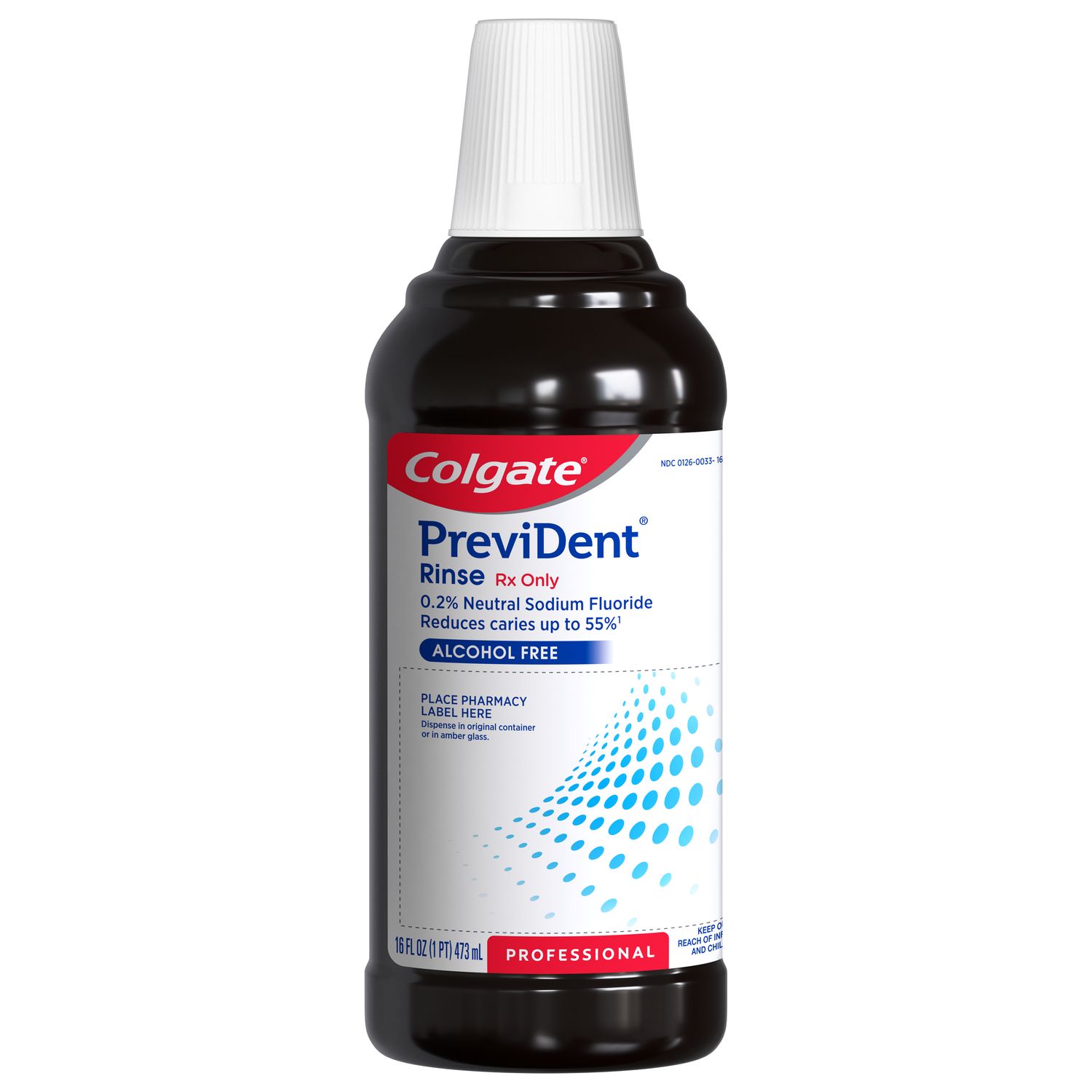Like any part of your body, you can get infections and illnesses that can affect your teeth, gums, and tongue. Some oral infections are more serious than others. But arming yourself with the knowledge of these common mouth infections, their causes, and typical signs can help you prevent them.
1. Dental Caries or Cavities
Dental caries—also known as cavities—are holes in your teeth that form from tooth decay, and cavities are one of the most common oral infections. According to the National Institute of Dental and Craniofacial Research, dental caries can lead to losing baby teeth (also known as primary teeth) in children, and holes due to tooth decay can be caused by the bacteria "Streptococcus mutans," which feed on sugary, sticky foods and beverages. Did you know that carbohydrates also break down into sugar in your system? Common foods like chips or rice, break down into glucose in your body. So, the more sugar that you consume throughout the day, the more acid the bacteria produces, which leads to further decay.
2. Gingivitis
Gingivitis, also known as early gum disease, is a mouth infection in the gums that can lead to more serious periodontal disease. Gingivitis develops when bacteria settle in the gumline, and those bacteria produce toxins. These toxins cause inflammation and swelling in the gums, but common signs to look out for are bleeding gums when you brush your teeth since your gumline is sensitive due to the Gingivitis. Gingivitis can be prevented by removing that bacteria at the gumline and below with flossing and brushing. And Gingivitis can be treated at your dentist's office too.
3. Periodontal Disease
Consider Gingivitis a warning sign to work on recalibrating a healthy mouth because it can lead to periodontal issues. Periodontal disease develops when an oral infection spreads below the gumline to affect the bone and supporting tissues. Gums start to recede from the teeth, and pockets form, leading to further inflammation and bone loss so teeth can loosen. According to the Centers for Disease Control (CDC), up to 47.2% of adults age 30 and older have had periodontal disease, which is the most common cause of tooth loss in adults.
4. Thrush
Thrush is caused by an overgrowth of the naturally occurring "Candida albicans." Medical treatments, such as antibiotics, chemotherapy, and radiation, can trigger outbreaks. Common symptoms include white, curd-like plaques on the inner cheeks, tongue, roof of the mouth, and back of the throat. People who have HIV are at higher risk of developing thrush.
5. Hand, Foot, and Mouth Disease
Hand, Foot, and Mouth disease is a viral infection in the mouth and other parts of the body that typically affects toddlers and school-aged children, according to the University of Chicago. It is likely caused by the virus "Coxsackie A16." It sounds scary, but the infection often disappears within three days. After a couple of days of sore throat and fever, slightly painful blisters develop inside the cheeks, on the tongue, palms, soles of the feet, and buttocks.
6. Herpangina
Herpangina is an infection in the mouth related to hand, foot, and mouth disease. Typical first symptoms include fever, sore throat, and difficulty swallowing. Those symptoms are followed by tiny blisters at the back of the mouth. Those blisters can form large ulcers when they burst. Herpangina most frequently affects children aged three to 10 during the summer and fall seasons. Fortunately, herpangina usually lasts from three to five days.
7. Canker Sores
Canker sores—also known as aphthous ulcers— can be annoying, but they typically heal by themselves within 10-14 days. While the actual cause is unknown, typical triggers of canker sores include stress, hormones, immunity issues, and food hypersensitivities.
8. Oral Herpes
Oral herpes can cause outbreaks of fluid-filled blisters in the mouth or on the lips that last for a week to 10 days. When the blisters rupture, the scabs last for a few days without pain. This infection is caused by the herpes simplex virus. The herpes simplex virus is so common that up to four out of five adults in the U.S. carry it. The first oral herpes infection can cause flu-like symptoms, blisters, and ulcers on the gums and tongue. But there may be no noticeable symptoms at all. Once infected, the virus will be present in the body permanently. Still, the infection-causing sores can stay dormant with proper care. Oral herpes outbreaks are contagious, so you should wash your hands regularly and avoid touching the sores.
Oral herpes looks different in children. Children aged one to four who carry the simplex virus sometimes develop a condition called herpes gingivostomatitis. Symptoms include swollen gums and small blisters. The child may develop a fever, feel irritable, and tired. A few days after the small blisters appear on the gums, ulcers usually appear around the mouth. These blisters and ulcers heal themselves, just like sores in adults. The virus stays dormant most of the time, but stress, trauma, sunlight, and the common cold can cause symptoms to reappear.
These infections may seem scary, but many people get one or the other throughout their lives. Knowing the common signs and symptoms of mouth infections can help you recognize and seek treatment if necessary. Still a bit unsure? Consult your dentist!
This article is intended to promote understanding of and knowledge about general oral health topics. It is not intended to be a substitute for professional advice, diagnosis or treatment. Always seek the advice of your dentist or other qualified healthcare provider with any questions you may have regarding a medical condition or treatment.
ORAL HEALTH QUIZ
What's behind your smile?
Take our Oral Health assessment to get the most from your oral care routine
ORAL HEALTH QUIZ
What's behind your smile?
Take our Oral Health assessment to get the most from your oral care routine















